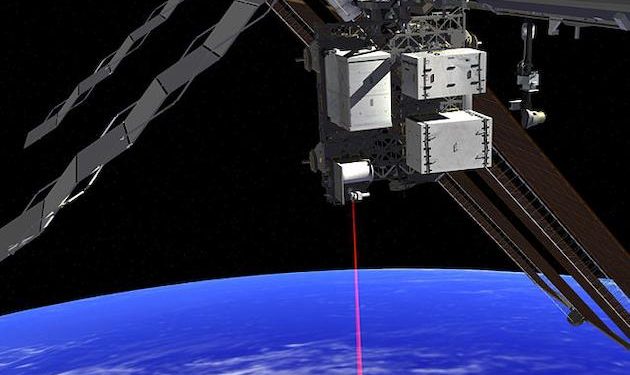- The LCRD project by NASA might be a pathbreaking discovery that enables optical communications from Earth, thereby being a boon for undertaking missions of greater distance and complexity in the planetary system
- Such laser beams could enhance communication capabilities by enabling the production of photographs and videos of greater quality and resolution from space
- Ever since the late 1950s, NASA has chiefly relied on radio waves for communicating with astronauts in space
WASHINGTON D.C.: In a case of real life imitating reel life, lasers in space might well speed communications between Earth and deep space.
The Laser Communications Relay Demonstration (LCRD) project by NASA might well turn out to be a pathbreaking discovery that enables optical communications from Earth, thereby being a boon for undertaking missions of greater distance and complexity in the planetary system.
Such laser beams could enhance communication capabilities by enabling the production of photographs and videos of greater quality and resolution from space, something that is now unattainable, NASA stated.
The Laser Communications Relay Demonstration, whose departure took place from Florida’s Cape Canaveral on December 7, launched a payload on the Space Test Program Satellite-6 spacecraft mission for the U.S. Space Force.
Ever since the late 1950s, NASA has chiefly relied on radio waves for communicating with astronauts in space. Despite radio waves having a proven performance history, the complexity of space missions has increased and transmitting large amounts of data has become far more challenging than earlier.
Officials note that optical communications will assist in data transmission to Earth from space at 1.2 GB per second, allowing for film downloads in fewer than 60 seconds.
Thus, the transmission speeds would be increased by ten to one hundred fold more, as compared to radio waves. The inconspicuous laser beams possess smaller wavelengths, in comparison to radio waves, thereby improving data transmissions.
Lasers could better accomplish the task of sending back, for instance, a map of the entire planet of Mars in 9 days, as compared to 63 days with radio waves, as currently used.







